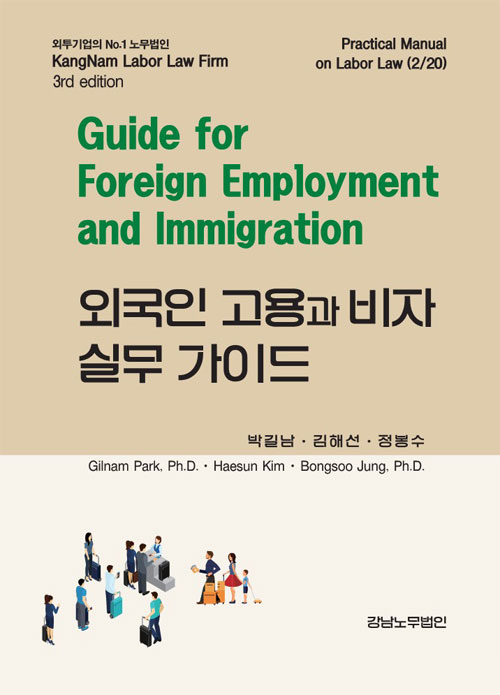| |
|
|
|
|
This book is divided into three main sections. Chapter 1, which focuses on the fundamentals, emphasizes the development of basic skills necessary for global citizens, such as understanding the immigration system, global etiquette, multiculturalism, discrimination and equal treatment based on nationality; the history of foreign labor policy; and the application of the four major insurance programs for foreign workers.
Chapter 2, which covers foreign employment visas and immigration management, discusses topics such as the application process and considerations for foreigner registration, how to create invitation letters and guarantee identities for foreign visitors, types of visas and residence qualifications available for foreigners seeking employment, the procedures for foreign investment and enterprise investment visas, visa and employment opportunities for foreign students graduating from domestic universities, the fundamental principles and industry-specific examples for issuing E-7 visas for inviting foreign professional labor, evaluation criteria and legal considerations for issuing F-6 visas for marriage immigrants and the issues they face during their stay in Korea, the prohibition of entry and forced deportation of foreigners, considerations for immigration law enforcement, types and considerations when applying for permanent residence, methods and procedures for obtaining Korean nationality, dual citizenship, and overseas childbirth.
Chapter 3, which covers labor management from foreign employment to retirement, discusses the expansion and limitations of legal labor rights for foreign workers, the employment system and rights protection for foreign workers, the criteria for determining employee status under the Labor Standards Act and their application in legal cases, considerations for employment contract creation, the minimum wage and retirement benefits systems, the treatment of Covid-19 and furlough pay, the wage garnishment system to resolve unpaid wages, calculations and criteria for determining work hours, paid vacation days, differences between termination and recommended resignation, proper reasons for Dismissal, labor committee evaluation processes for unfair dismissal, determination of eligibility and procedures for workers' compensation, determination of eligibility and procedures for unemployment benefits, criteria and evidentiary responsibility for work-related illnesses, and criteria for recognizing work-related accidents during commute.
|
|
|



